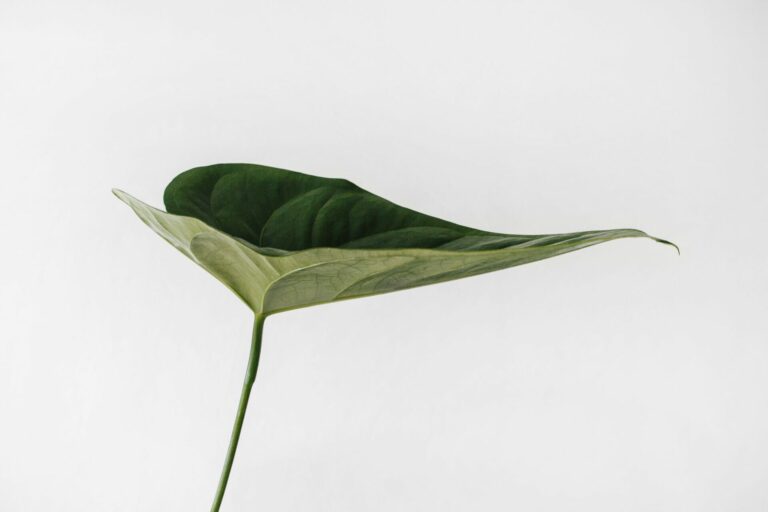Advantages of
Containment Packaging.
Advantages.
Containment packaging offers a multitude of economic and ecologic benefits.
IDF has been manufacturing continuous film packages for containment applications such as bulk material filling systems in the chemical, pharmaceutical and food industries since the turn of the millennium. As one of the first companies in Europe, our packaging materials are suitable for use in continuous filling systems of all manufacturers and are compatible with CLS liners.
IDF containment packaging and especially our film packages, the IDF liners, offer a wide range of advantages. These advantages are economical as well as ecological.
Learn more: Does your current solution for process and filling technology meet these criteria?
Very environmentally friendy compared to alternative products (e.g. stainless steel containers)
High product protection by avoiding cross-contamination
High level of personal protection by avoiding direct contact with the product
Quasi-continuos filling thanks to highly flexible continuos hose systems
Low cleaning effort and no maintenance costs due to single use
Flexible product specifications due to adapted folding and coordinated film selection
Easy fulfilment of the REACH regulation thanks to a significant reduction in employee risk
Significant time savings in production with fewer post-process activities
Low labour, storage and material costs due to low weight and compact volume
Less water pollution thanks to the elimination of an elaborate cleaning process
Environmentally Friendly.
Sustainability through containment packaging.
Our containment packaging solutions are significantly more environmentally friendly than conventional stainless-steel containers. The data shown comes from a life cycle study* in which the effects on the environment of various products are compared. In this study, a product life cycle of containment packaging was compared with a cleaning cycle of a stainless-steel container. This explains the sustainability and advantages of containment packaging.
*Source: Mohammed Gaffar Khan (2018); Comparing environmental aspects of traditional stainless-steel technology and single use plastic technology in API & pharmaceutical production and conception of API packaging
- Containment Packaging
- Stainless steel containers (100%)
Water: The water footprint measures the amount of water used during the product process. This has an influence on the availability of fresh water in the region.
AR:The abiotic resource depletion quantifies the number of resources used for production, such as stones, earth, ores or fossil fuels such as crude oil
EP: Eutrophication is the increase of nutrients into the aquatic environment. This increase leads to undesirable and useless plant growth.
GWP: The global warming potential summarises the relative contribution of a chemical compound to the greenhouse effect, and thus to global warming, during the production process.
AP: The acidification potential is a key figure for representing the acidification of terrestrial and aquatic ecosystems. The lower this value, the lower the risk of acid rain.
More detailed descriptions and explanations can be found in the glossary.
The following comparison shows the advantages of containment packaging compared to the use of stainless steel containers.
product cycle of containment packaging
versus
cleaning cycle of a stainless steel container
The water footprint, which means the consumption of water in litres, of containment packaging, is approximately 95.5% less than is the case with a stainless-steel container.
The abiotic depletion of resources (including stones, ores, earth, oil, etc.) during manufacture is around 59% lower for containment packaging than for stainless steel containers.
The influence on eutrophication, i.e. on the increase in nutrients and the resulting harmful plant growth in the water, is approx. 93% less with containment packaging than with stainless steel containers.
Containment packaging contributes around 70% less to the acidification of terrestrial and aquatic ecosystems compared to stainless steel containers.
Containment packaging has around 35% less influence on climate change compared to conventional stainless steel containers.



